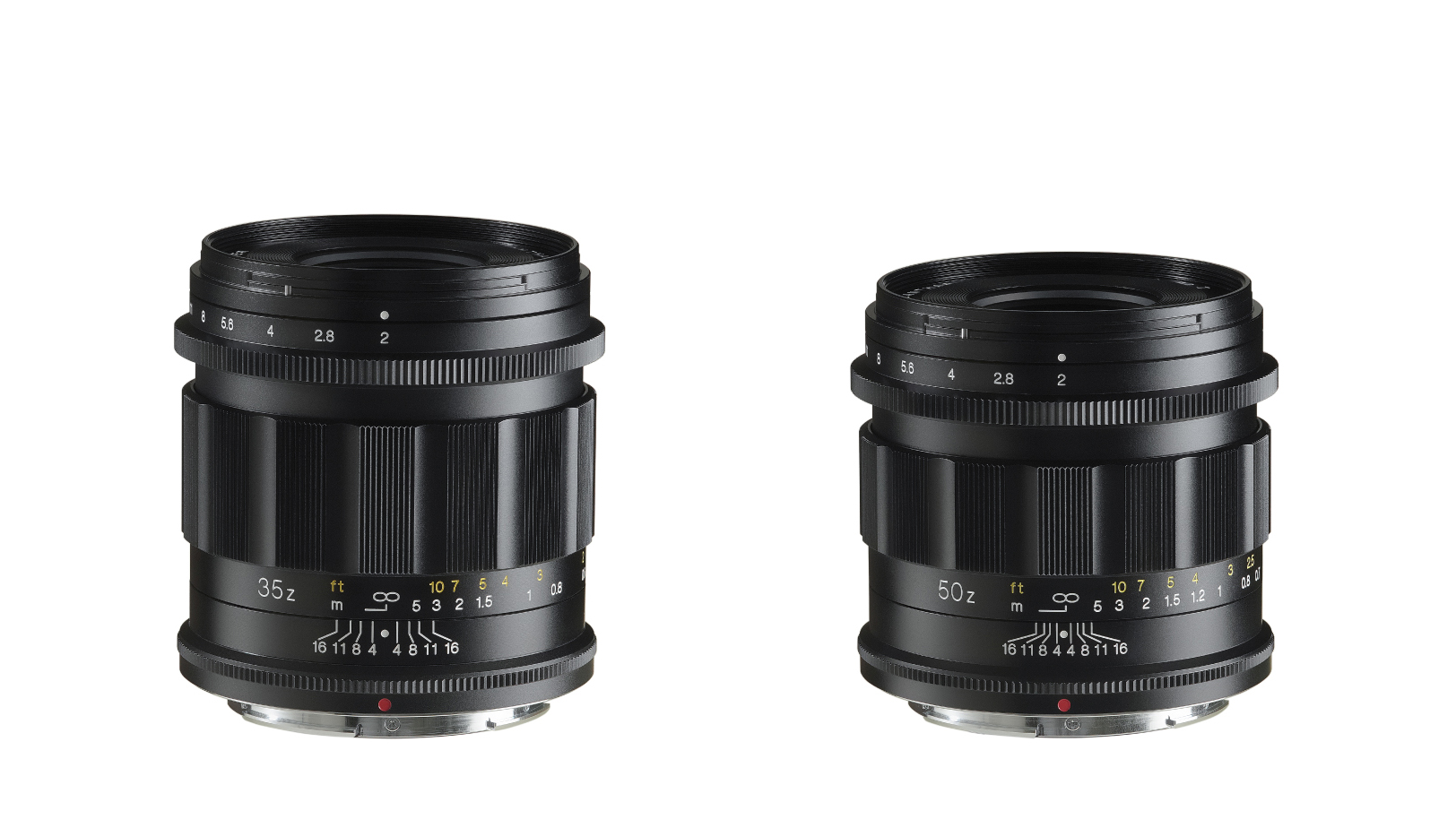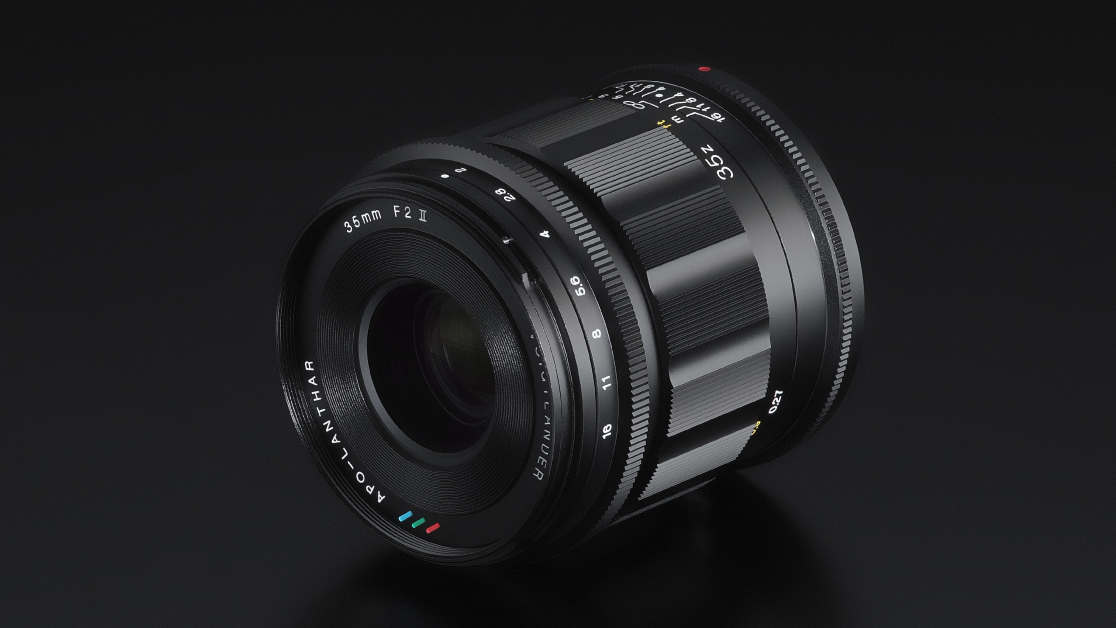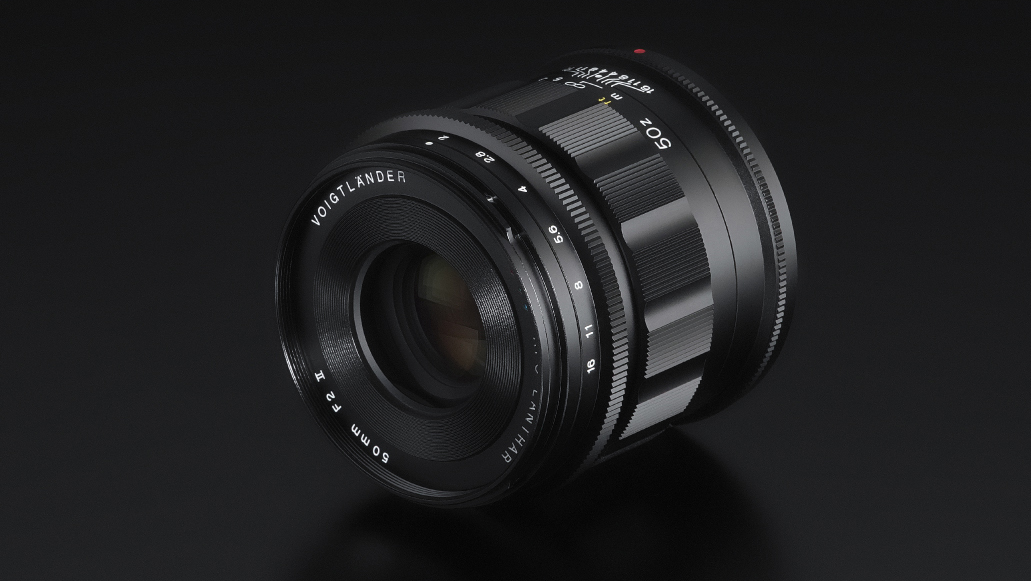Two new Voigtlander top-class manual prime lenses for Nikon Z-mount on way
The APO-LANTHAR 35mm f/2 and 50mm f/2 Aspherical II are next-gen versions of lenses that were discontinued just a couple of years after launch

Two new Voigtlander lenses for Nikon Z-mount have been announced. The APO-Lanthar 35mm f/2 Aspherical II and APO-Lanthar 50mm f/2 Aspherical II are updated 'Mark II' versions of the company's lenses of the same name – only omitting the 'II' bit at the end.
This explains the sudden discontinuation of the original lenses just a couple of years after their launch. The 35mm f/2 II lens is due to arrive in November 2024, while the 50mm f/2 II should be in the shops in December 2024.
The full-frame lenses are equally at home on Nikon FX and DX-sensor Z-series mirrorless cameras. Both are premium optics, with the apochromatic design reducing axial chromatic aberration to as close to zero as possible. While they are manual-focus lenses, they maintain full electronic communication with the camera body, thus embedding EXIF data into images, and enabling in-body image stabilization.

Shared traits include an all-metal helicoid barrel that has been machined and adjusted with high precision, resulting in just the right degree of torque to provide smooth focusing, thereby enabling delicate focus adjustments.
Their 12-bladed apertures are designed to create beautiful bokeh, retaining their circular shapes through the aperture range, not only at f/2 but also through f/2.8 and f/16, imbuing image highlights with an attractive "ball bokeh" no matter how much the aperture is stopped down.
Both lenses combine top-quality optical glass and mechanical components to deliver superb performance. The 35mm lens has 11 elements in nine groups, including five elements of anomalous partial dispersion glass and two double-sided aspherical lenses. The 50mm lens consists of 10 elements in eight groups, including five elements of anomalous partial dispersion glass and two double-sided aspherical lenses.

However, most of the design changes appear to be cosmetic and are on the exterior of the lenses, most notable of which is the inclusion of a reversible lens hood. We won't know how well they compare to the Mark I editions until we get them into our lab for testing.
Get the Digital Camera World Newsletter
The best camera deals, reviews, product advice, and unmissable photography news, direct to your inbox!
The good news is, that the original editions were stellar performers, and you may well be able to pick them up at a handsome discount as retailers sell off stock in anticipation of the imminent arrival of their replacements.
You may also be interested in our guides to the best lenses for street photography and best 50mm lenses

Prior to joining digitalcameraworld.com as Guides Editor, Adam was the editor of N-Photo: The Nikon Magazine for seven years, and as such is one of Digital Camera World's leading experts when it comes to all things Nikon-related.
Whether it’s reviews and hands-on tests of the latest Nikon cameras and lenses, sharing his skills using filters, tripods, lighting, L brackets and other photography equipment, or trading tips and techniques on shooting landscapes, wildlife and almost any genre of photography, Adam is always on hand to provide his insights.
Prior to his tenure on N-Photo, Adam was also a veteran of publications such as PhotoPlus: The Canon Magazine, so his wealth of photographic knowledge isn’t solely limited to the Big N.
